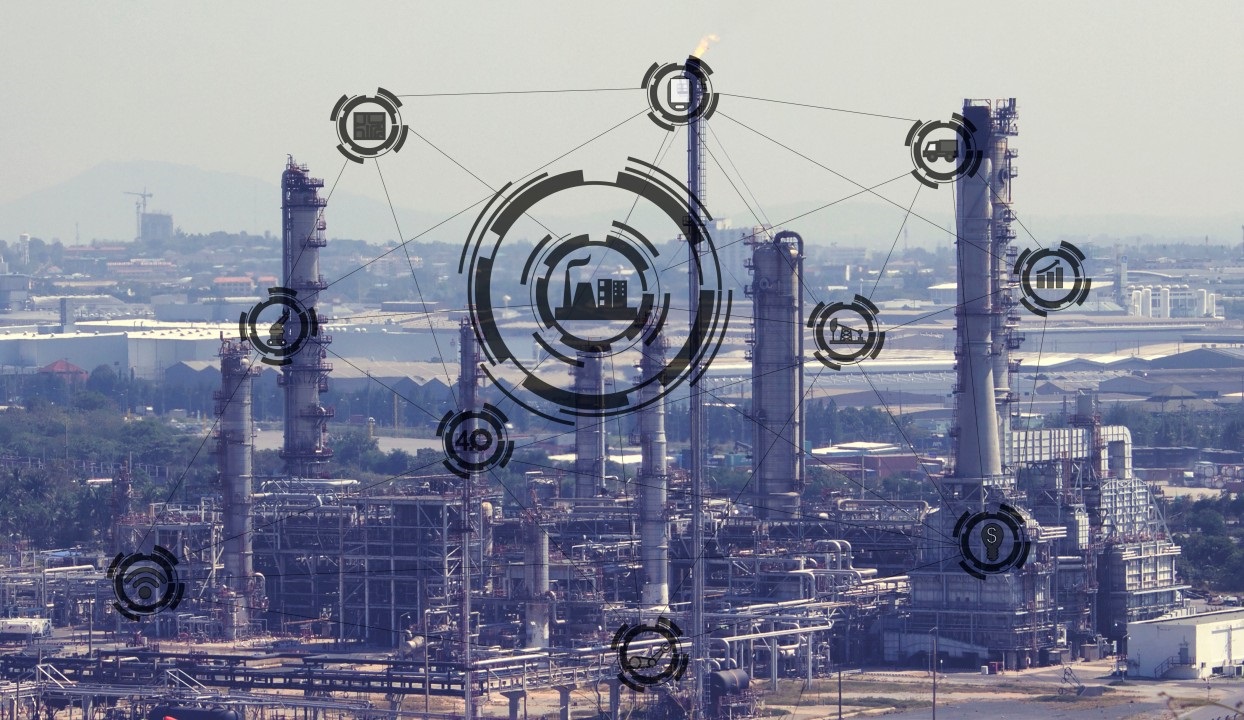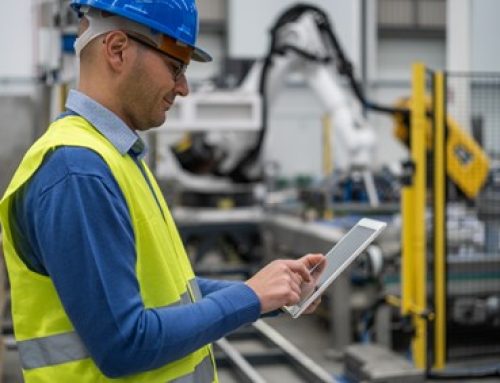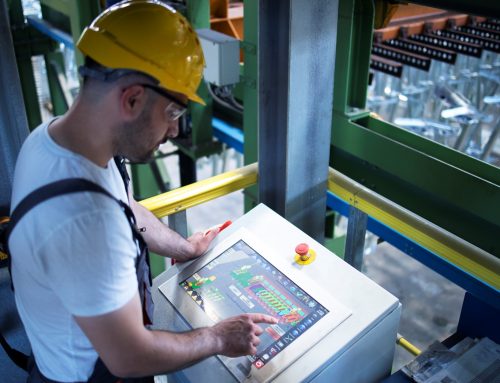Last week, I shared with you the webinar I attended on 5G in asset management, with big names in the market, such as T-Mobile 5G consultant Dagoberto Gonçalves, Evoy’s CTO and co-founder, Hélio Silva, and the managing director of the IEC, Enio Pinto. Still on the same topic, lets talk today about how 5G will revolutionize the Industrial Internet of Things (IIoT).
5G will allow more devices to connect simultaneously, something that has become an essential demand with the evolution of the Internet of Things (IoT) – both in industry and in people’s daily lives.
This new technology will increase connection speed, allowing for much easier delivery of highly complex services. In an area of 1 km² it will be possible to have up to 1 million things connected, and the possibilities are many, among them:
- Machine with machine;
- Thing with machine;
- Thing with thing;
- Thing with being human.
- This new technology will increase connection speed, allowing for much easier delivery of highly complex services. Some examples:
- File transfers will be even faster;
- Real-time video and audio streaming will become increasingly accessible and performed in seconds;
- Real-time communication will be faster and with better quality;
- Reduced connection response time (latency), allowing mobile devices to exchange information quickly.
5G also has higher bandwidth, which is essential to deal with the daily growth of content consumption by individuals and businesses.
There are numerous prospects for how 5G will affect the industry as we know it. The only thing we know for sure is this will accelerate the global adoption and implementation of Industry 4.0 principles.
Some possibilities:
- Use of virtual reality with high speed;
- Surveillance by cameras with high resolution;
- High speed for uploading and downloading videos, up to 100x the current speed;
- Management of energy consumption and losses in real time;
- Development of ambulances with drones;
- Automation of the hospital bed for remote management;
- More powerful sensors for predictive maintenance;
- High image quality remote inspections;
- Remote diagnostics with specialists;
- Use of augmented reality to perform assisted tasks.
How will 5G leverage the industry of the future?
The trend is for 5G technology to further accelerate the 4th Industrial Revolution.
In “future” industries, connected devices can sense their environments and operate with each other, allowing people to make strategic decisions in a decentralized structure.
It is essential to be prepared for the changes that 5G will bring. This means adopting a fluid and agile infrastructure and working according to Industry 4.0 concepts.
The industry of the future will be dynamic. Its processes are increasingly self-adjusting and self-regulating. This causes a growth curve sustained by increased agility and productivity.
The management of assets, facilities (facilities) and utilities (utilities) is another field that can greatly benefit from the deployment of 5G networks. From improved connectivity to more reliability, maintenance managers can streamline processes faster and more efficiently.
The practice of predictive maintenance will become more common. More sensors, machines and robots will be connected, which will facilitate the tracking of equipment performance and better detection of the failure state, creating time for actions that seek maximum asset availability and, thus, reduce downtime.
Who couldn’t check out the webinar last week, follow the link again. The chat was very interesting and it is worth getting insights to understand a little more about this technology and how it will revolutionize our world.
Rodrigo Rotondo | LinkedIn – follow my newsletters
Rodrigo Rotondo | Calendly – schedule a demo
Manusis4 | LinkedIn – discover our solution
Manusis4|Youtube – watch our webinars






Leave A Comment